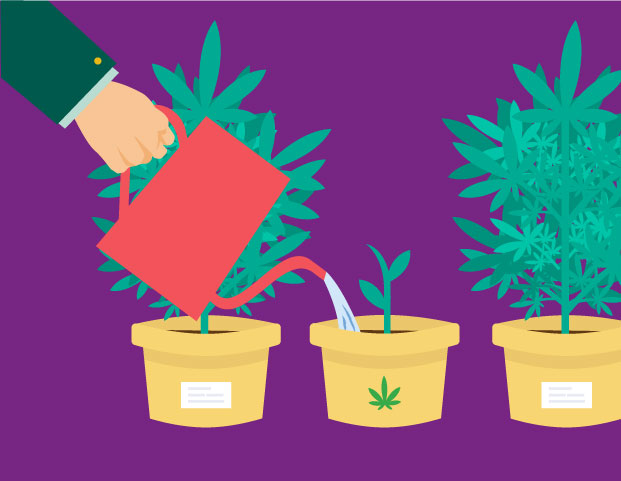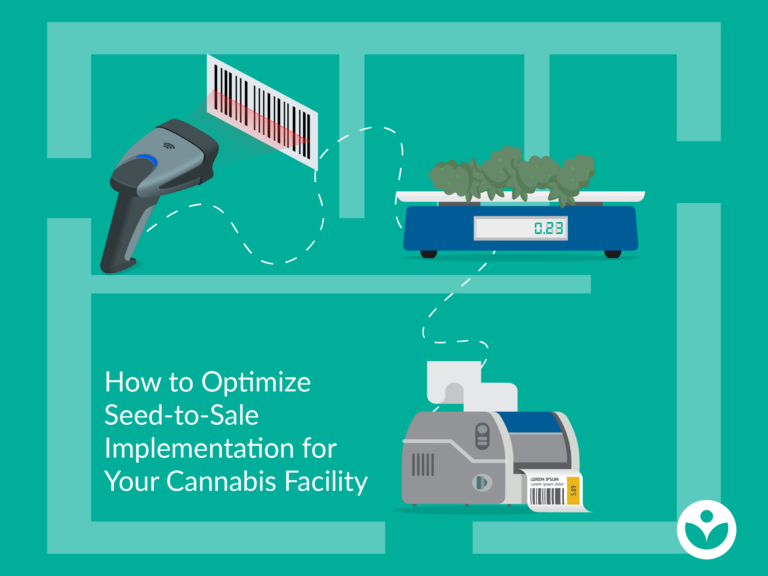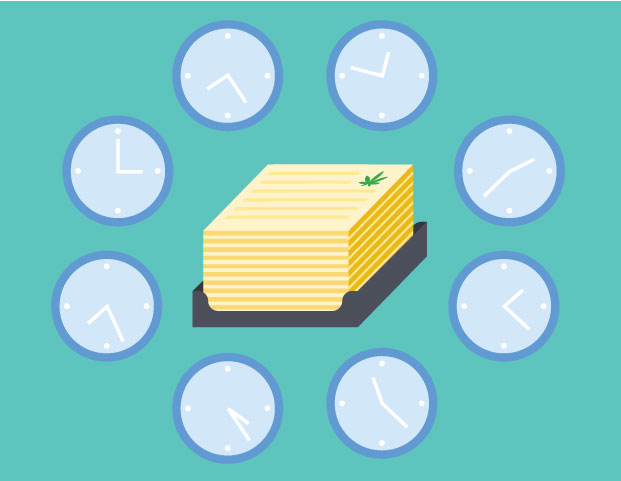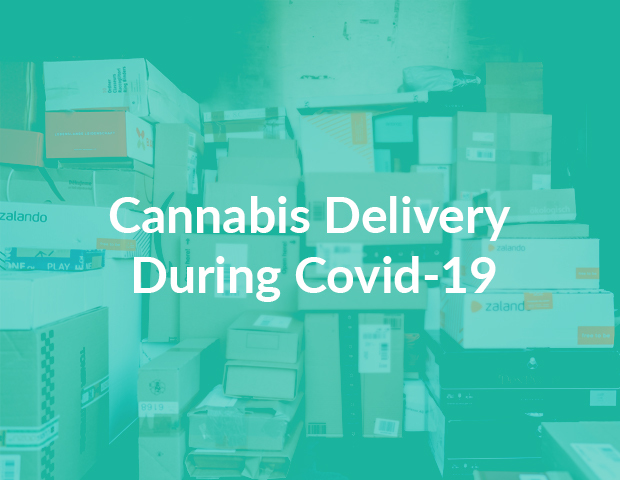
Regulation
How to Become a Licensed Producer
Throughout the past two years, the regulations, the licensed producers, and the boundaries between the legacy market and the legal market have been anything but easy to understand. It’s no wonder that the average Canadian may be slightly confused about what’s going on in the cannabis industry. But with the confusion and chaos comes the incredible market opportunity to legally produce and sell cannabis to an entire G7 nation, for the first time ever. That’s why we’re providing an introduction for individuals thinking about applying for a Health Canada cannabis licence. In this article, we’re going to simplify many of the harder to understand requirements that are outlined in lengthy documents from Health Canada, and tell you what it’s like to go through each stage of the application journey, based on what we have seen from our own experience.
What is a Licensed Producer?
If you’re reading this guide, you’ve certainly heard the term “Licensed Producer” before, or at least “LP.” But how does an LP differ from a cannabis “licence holder”? Well, it doesn’t really. Prior to the Cannabis Act replacing the ACMPR regulations in October of 2018, if you wanted to commercially grow cannabis, you had to do your own cultivation, processing, and medical sales. The term coined for this licence type was “Licensed Producer,” but the abbreviation “LP” is what really stuck inside and outside of the industry. After the new regulations came into effect and businesses had the option to pick cultivation, processing, or sales licences, the official Health Canada terminology switched to “licence holder.” But even a full year after the new regulations have been in place, “licensed producer” is still synonymous with cannabis and tends to be used more than “licence holder.”
Who needs a licence?
Before you rush to complete your application, it’s important to take a ‘Step 0’ and actually ensure that you need a cannabis licence. Thinking about finally starting the home-grow setup you’ve always wanted? Why wait? All Canadian households are permitted to grow four cannabis plants at a time (for personal consumption only) – no licence necessary!
However, most of the cannabis activities that you have likely read about in the news will require a licence. There’s a lot that goes on inside of cannabis production facilities — trust us, we have been to a few. But most of these activities can be categorized into the following three buckets:
- Cultivating: You grow cannabis. A lot of it.
- Processing: You take dried or fresh cannabis flower and process it into dried flower (if not already done), oil, capsules, or other derivative products. In Q4 of 2019, these “other products” will include edibles and concentrates. You then package the products, while adhering to the Cannabis Act packaging guidelines, before they are sold to a retailer or Medical Sales licence holder.
- Sale for Medical Purposes: You take one of the packaged products mentioned above and sell it directly to a medical patient or a fellow licence holder (excluding cultivators).
Micro-cultivation and micro-processing licences have started to increase in popularity in the Canadian cannabis market, as they allow licence holders to produce cannabis in up to a 200 square meter space, with significantly less security and operational requirements. Most of the other requirements from Health Canada are the same, however, so we’ll be grouping micro and standard licence classes together throughout this guide.
It’s important to note that there are also Analytical Testing and Research licence classes, but given how small of a footprint they currently make in the cannabis industry as a whole, we will not be covering them in this guide. If you want to learn more about these licence classes, you can do so in the Health Canada Cannabis Licensing Application Guide.
The current state of cannabis licences
Canadians are purchasing more cannabis every month. As a result, Health Canada continues to issue new licenses almost every week to keep up with the increased demand, as of October 2019, there are over 230 licence holders listed on Health Canada’s website. This can be daunting but don’t let the growing number of applications in progress turn you off. There’s plenty of concrete data showing the growth of the market to justify your entry into the industry (visit the Cannabis Demand and Supply page to learn more) and there’s room for differentiated businesses with sound management teams to join the cannabis community and make a difference.
Eligibility
There are several important eligibility requirements you must meet to have your application accepted. So before you make the large investment of creating a cannabis application, you will want to make sure that you’re actually eligible. Some of the notable requirements include:
- You have not broken any laws that deal with the taxation or control of alcohol or tobacco, or any regulations under it in the past five years
- You have not acted to defraud Her Majesty in the past five years
- You have access to sufficient financial resources to conduct your business in a responsible manner
- Provide a list of all premises that will be cultivating, producing, and/or packaging cannabis products
- Provide a business plan (including a business industry overview, operating plan, financial plan or source of funds, and a sales and marketing plan)
- Must have a fully built site that meets all the requirements of the Cannabis Regulations at the time of their application
We will dig into the details of the notable requirements in our next article, but if you would like to view the entire eligibility conditions from Health Canada you can do so here.
Cannabis application timeline
Health Canada provides no resources or answers for how long the average timeline is to get fully licensed. Luckily, we have met with hundreds of cannabis applicants and we get to know them throughout their entire application journey. This gives us a good vantage point to provide average timeframes based on what we have seen from our own experience. Typically, for standard cultivation and processing licenses, it will take at least 12 months from the date of an application submission to the date that a site is licensed. In some cases, we have seen this accomplished in as few as six months. For micro-cultivation or micro-processing applicants, the wait appears to be closer to a minimum of nine months, as the security requirements are far less strict. Keep in mind, however, that fewer than ten micro licenses have been issued so far.
The exact reasons for the long timeframes aren’t known, but one of the main contributors is the extremely high volume of applications Health Canada received over the past two years. Many of these applications did not meet the requirements, but it still takes Health Canada resources to comb through each one. Just recently in August 2019, Health Canada announced that they brought on an additional 140 employees to help speed up application processing for cannabis research licence hopefuls.
Given that licensing lead queue times are out of your control, it’s important to focus on what you can control. It’s crucial to take the time to plan and build your cannabis facility for the long term, and to ensure that details within your application are thorough, yet easy for Health Canada employees to understand.
In our next article, we will cover the steps that you need to take in order to submit a successful application. See you there!


